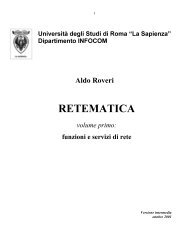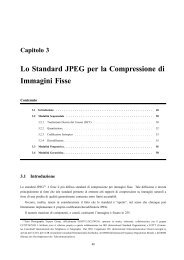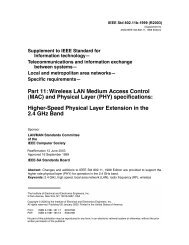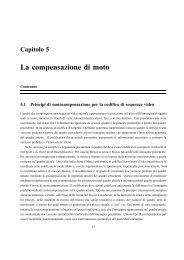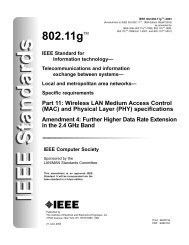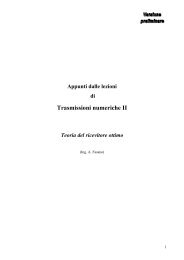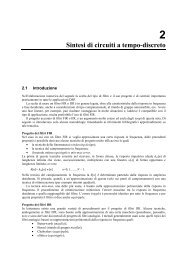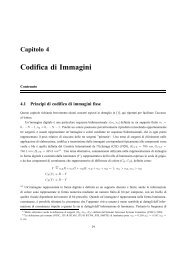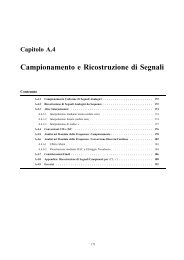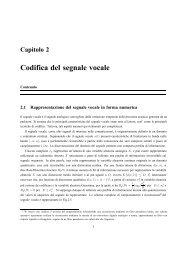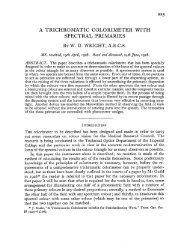An Analytical Method for Approximate Performance ... - IEEE Xplore
An Analytical Method for Approximate Performance ... - IEEE Xplore
An Analytical Method for Approximate Performance ... - IEEE Xplore
You also want an ePaper? Increase the reach of your titles
YUMPU automatically turns print PDFs into web optimized ePapers that Google loves.
ABEDI AND KHANDANI: ANALYTICAL METHOD FOR APPROXIMATE PERFORMANCE EVALUATION OF BINARY LINEAR BLOCK CODES 231<br />
To simplify the subsequent derivations, the following functions<br />
are defined:<br />
(31)<br />
where is a set which contains bit positions different<br />
from , and<br />
where is the modulated value <strong>for</strong> the th,<br />
, bit of codeword . It is clear that<br />
, as well.<br />
To simplify (30), it easily follows that:<br />
where is defined as<br />
(32)<br />
(33)<br />
(34)<br />
where and are given in (29) and (31), respectively.<br />
The functions , , and ,<br />
defined in (29), (31), and (34), respectively, reduce to special<br />
weight distribution functions when<br />
(35)<br />
where , and is the number of codewords<br />
with Hamming weight in<br />
(36)<br />
where is the number of codewords with<br />
Hamming weight , and<br />
(37)<br />
We can compute , using the trellis diagram of the<br />
code. This is achieved by constructing a new trellis diagram and<br />
augmenting each state into two states according to the values of<br />
, where .<br />
Using (33) and (37), we have<br />
(38)<br />
Replacing (33) and (38) in (30), we have<br />
(39)<br />
To compute (39), one needs derivatives of , which<br />
can be calculated using the following theorem.<br />
Theorem 4: For any representing a bit position other than<br />
,wehave<br />
if<br />
otherwise.<br />
(40)<br />
Proof: For proof, refer to Appendix A.<br />
<strong>An</strong>other theorem which simplifies the calculation of even<br />
order derivatives, is presented next.<br />
Theorem 5: We have<br />
(41)<br />
Proof: For proof, refer to Appendix A.<br />
Referring to (40), one can easily see that the coefficients of the<br />
expansion (39) are polynomials of <strong>for</strong> different<br />
values of . It is noteworthy that these coefficients are polynomials<br />
of special weight distribution functions defined in (37).<br />
The above theorems and results enable us to compute all the<br />
derivatives required in the Taylor series expansion of<br />
.<br />
V. COMPUTING PROBABILITY OF ERROR<br />
The BEP follows by a simple integration of the resulting pdf.<br />
We present a closed-<strong>for</strong>m <strong>for</strong>mula <strong>for</strong> computing this integral in<br />
this section.<br />
Using Theorem 2, wehave<br />
where event corresponds to bit<br />
(42)<br />
being in error. Using assumption<br />
(11), we can write<br />
(43)<br />
Hence, computation of the BEP involves calculating an integral<br />
of the following <strong>for</strong>m:<br />
(44)<br />
where is the bit LLR normalized to have zero mean and<br />
unit variance and . Substituting with its<br />
Gram–Charlier expansion results in<br />
(45)



